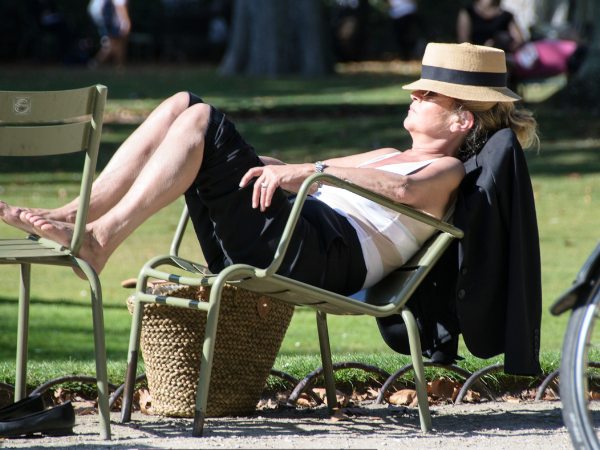Doing Nothing Is Really Something
In our activity-obsessed culture, the idea of doing nothing is not considered a positive thing to do. Oh we talk about relaxing and disengaging, but even those moments of idleness are incessantly interrupted by the ding, chirp, or ring of an electronic device. The tide is changing, however, and there is now mounting evidence that we need these moments of what I call "sacred idleness. Forbes had an excellent article on the subject just a few months ago. I've taught the general benefits of taking an "intermission" in my work life balance training for several years, and am always looking for more neurologically-based facts to support the value of doing nothing.
Enter the book, Autopilot: The Art And Science Of Doing Nothing, by Andrew Smart. It's an intense read about how the brain works when we are actively working on tasks versus when we are idle. While the author's goal is to show how doing nothing improves our creativity, the information is beneficial to any of us who are trying to figure out how to enhance our focus and increase clarity in our lives. Some of Smart's findings include:
Our brains need to go on autopilot. Smart gives a brilliant analogy of how putting a plane on autopilot allows the pilot to rest and conserve mental energy for higher risks tasks like landing. In the same way, Smart argues, we need to relinquish control of our brain and allow it go where it really wants to go-and let it take us there. Constantly trying to prevent the brain from acting in this manner (i.e. being busy), causes mental fatigue, whereas allowing our brains to wander actually refreshes our mental energy.
Idleness brings deeper thinking. Smart writes, "Through idleness, great ideas buried in your unconsciousness have the chance to enter your awareness." Always being activity -focused subdues these more meaningful thoughts or reflections.
Letting your mind wander actually gets you more organized. Smart says that when we "space out," information in our brain begins to flow more freely between different regions of it. Connections are made that are not possible when we are focusing on the completion of a list of tasks or just trying to get stuff done.
Constant activity reduces creativity. One of my favorite sentences in the book is, "As children become more scheduled, more measured, more managed to achieve, and more hijacked by digital media, they become less and less creative." And couldn't the same be said of adults? We allow so little time for informal interaction, brainstorming, and just casual discussion in the workplace. Every moment is hyper focused on getting something done... NOW! Ironically, some of the best ideas that move an individual or organization forward come when the focus is NOT on generating those ideas.
“The main requirement for doing nothing is that you not be engaged in trying to complete a task or focus on one external stimulus.”
So what are some guidelines for doing nothing? Smart's timeless example is lying in the grass on a summer afternoon, looking up at the clouds. The main requirement is that you not be engaged in trying to complete a task or focus on one external stimulus. This would include getting away from your normal work or life environment with all the reminders of incomplete tasks and all the stuff you could be doing. I was intrigued to read that having random noise during our down time is okay, and even acceptable. It stimulates the brain to make connections between normally unconnected items or thoughts. Listening to music during our idleness, however, is not recommended. Remember, it encourages you to focus on just one thing (the music) and our goal is to let our mind wander... and wonder. I found some other good tips at Real Simple.
The strongest case Smart makes for being idle from time to time comes when he writes, "....as we organize our lives down to the last second, we are suppressing our brain's natural ability to make meaning out of experience." Sounds like a pretty good reason to do nothing.
How could you start building more moments of "doing nothing" into your week?


